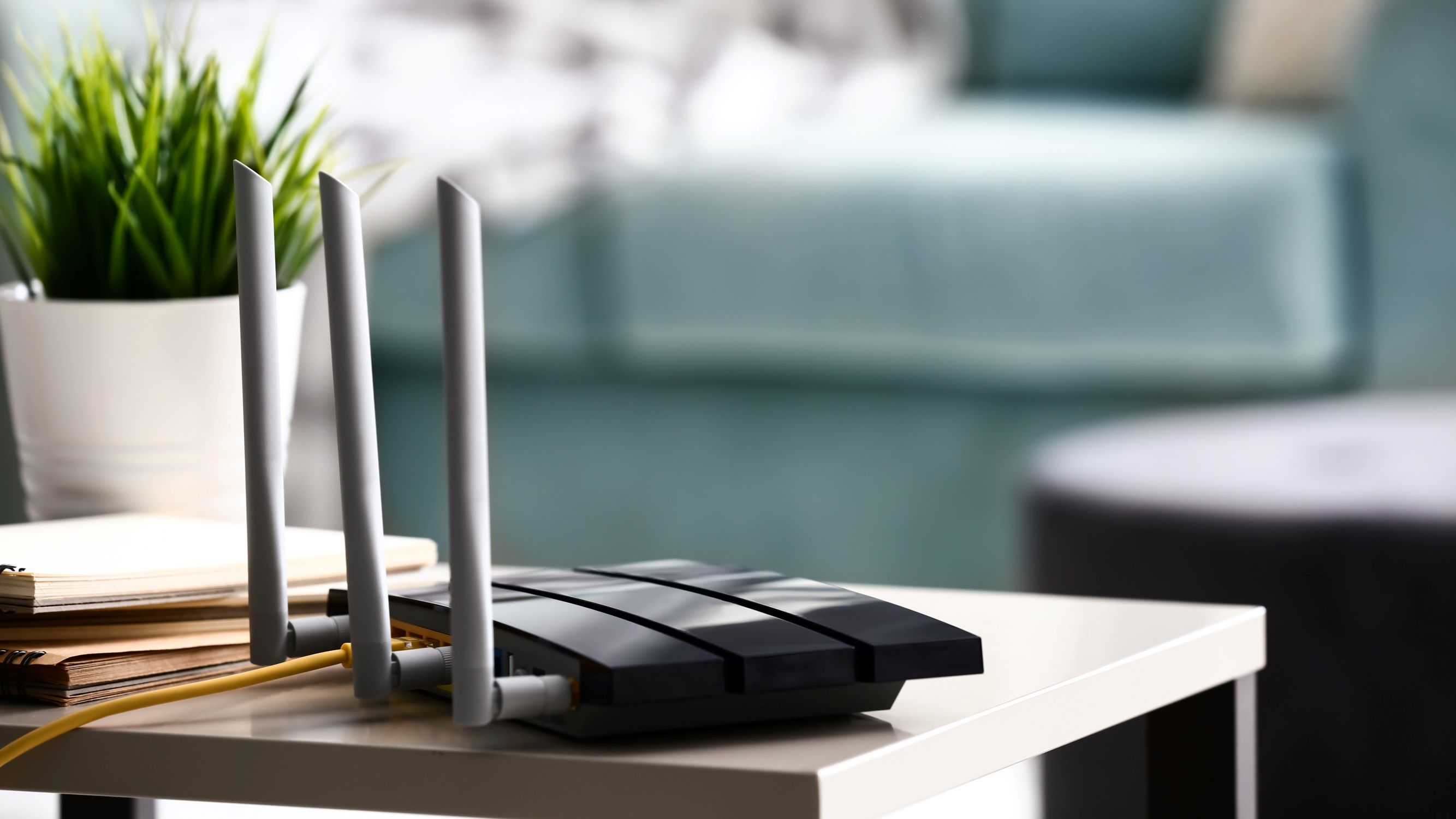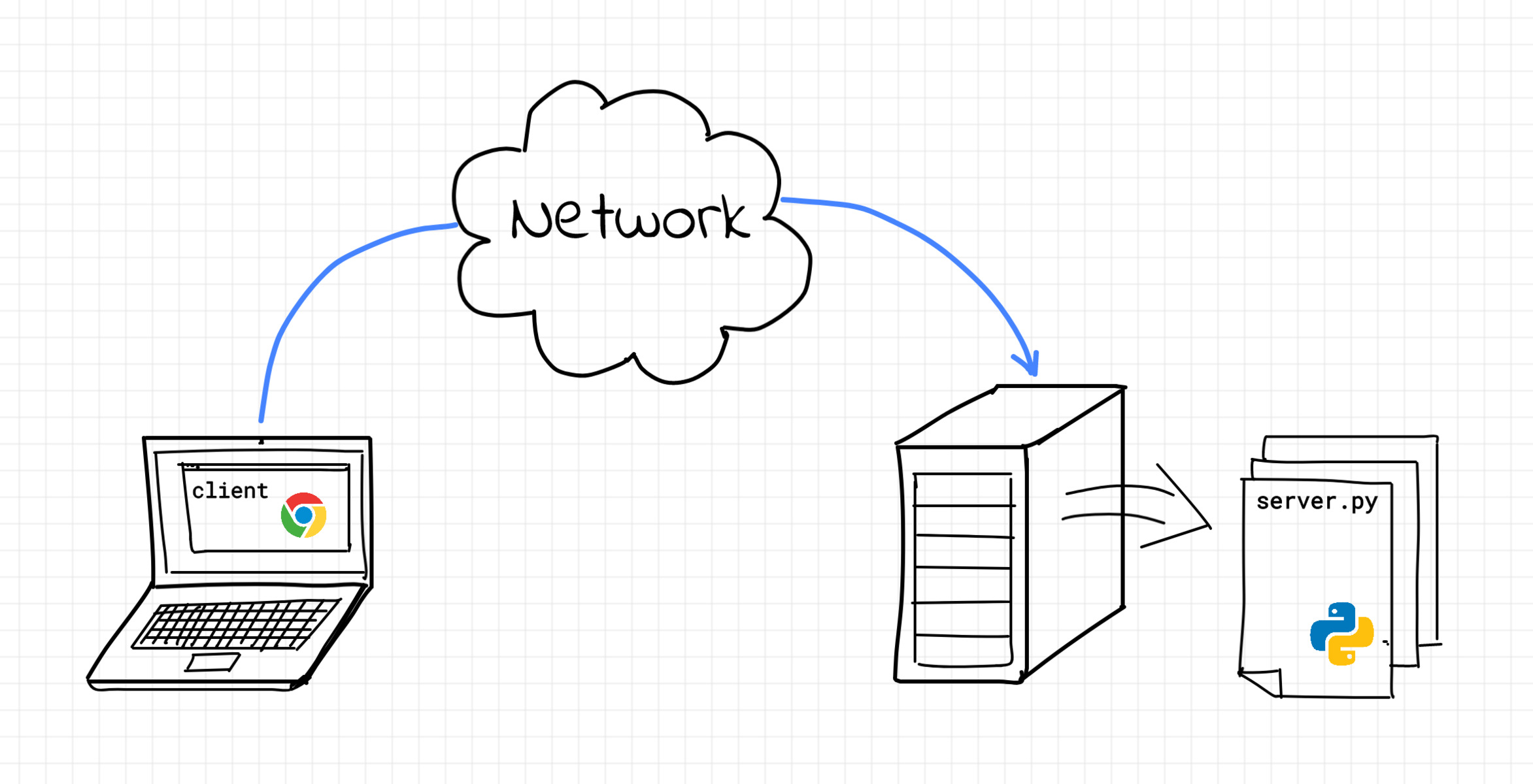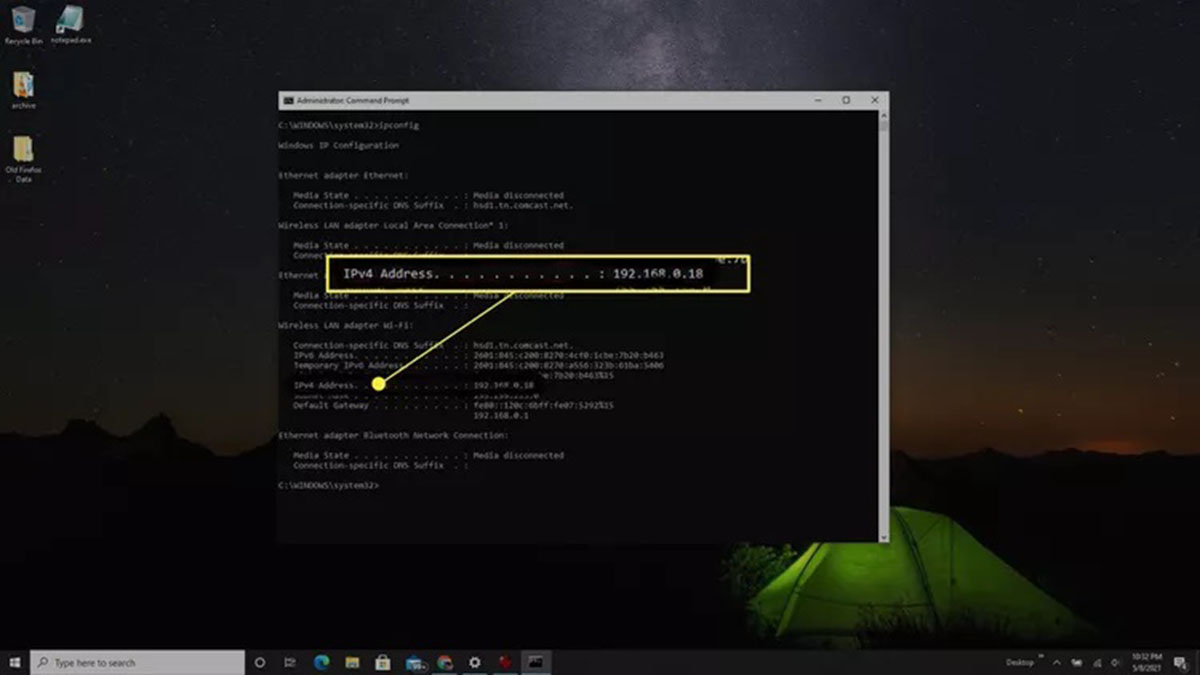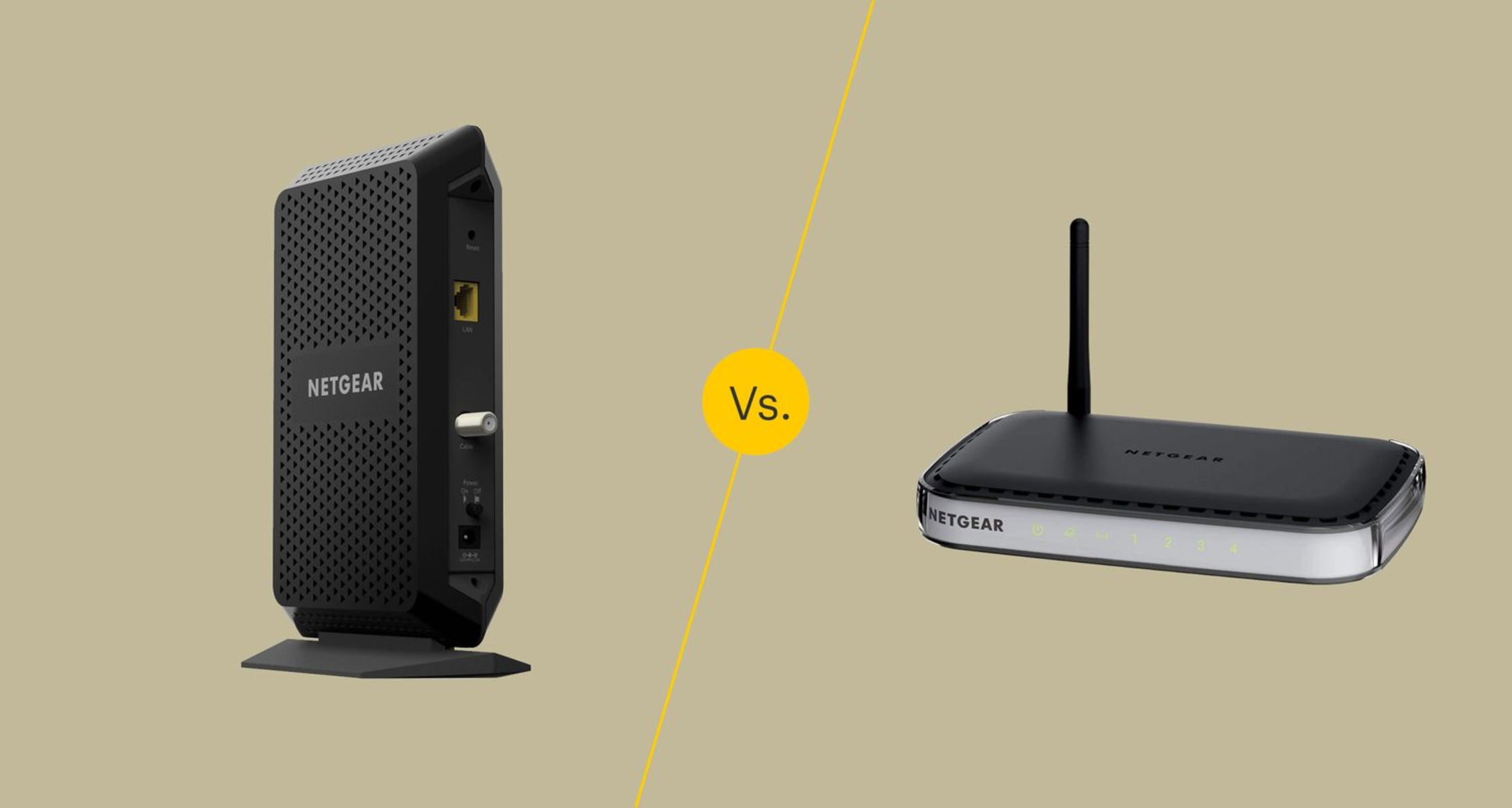Introduction
TCP/IP routers and the Point-to-Point Protocol (PPP) are integral components of modern networking infrastructure. TCP/IP routers play a crucial role in directing network traffic between different devices, while PPP is a protocol used for establishing a secure and reliable communication link between two routers or networking devices. Understanding the connection order that two TCP/IP routers use to open a session with PPP is essential for optimizing network performance and ensuring smooth data transmission.
In this article, we will delve into the steps involved in establishing a PPP session between two TCP/IP routers. We will explore the physical connection, link establishment, authentication and encryption, network layer protocol configuration, session establishment, and data transmission. By understanding the sequence of events in establishing a PPP session, network administrators can troubleshoot issues effectively and maintain a robust network infrastructure.
It is important to note that the connection order described in this article is generally applicable to the vast majority of TCP/IP routers and PPP implementations. However, there may be minor variations based on specific router models, firmware versions, and network configurations. Therefore, it is recommended to refer to the router’s documentation and consult with the manufacturer or network experts for accurate and up-to-date information.
Now, let’s dive into the connection order of two TCP/IP routers to open a session with PPP and understand the underlying processes and protocols involved.
TCP/IP Routers and PPP
TCP/IP routers are devices that forward data packets between different networks in an IP-based network infrastructure. They analyze destination IP addresses and use routing tables to determine the most efficient path for data transmission. Routers contribute to the overall functionality and scalability of a network by ensuring efficient data flow and directing traffic to its intended destination.
On the other hand, the Point-to-Point Protocol (PPP) is a widely used protocol for establishing a point-to-point connection between two networking devices, typically routers. PPP is designed to provide a secure and reliable link for transmitting data over various physical media, such as synchronous or asynchronous serial connections.
PPP encapsulates network layer protocols, such as Internet Protocol (IP), ensuring the transmission of data between two routers is seamless and error-free. It offers features such as authentication, encryption, and error detection, making it suitable for establishing connections over less reliable or insecure transmission media.
PPP incorporates several components, including Link Control Protocol (LCP), Authentication Protocol (AP), Network Control Protocol (NCP), and Data Link Control Protocol (DLCP). These protocols work together to establish, maintain, and terminate the PPP session between two routers.
When two TCP/IP routers establish a session with PPP, they follow a specific connection order to ensure a successful and secure connection. The connection order consists of various steps, including physical connection, link establishment, authentication and encryption, network layer protocol configuration, session establishment, and data transmission. Let’s explore these steps in detail in the upcoming sections of this article.
In summary, TCP/IP routers are the backbone of modern networking infrastructure, responsible for directing network traffic between different devices. PPP, on the other hand, is a protocol used for establishing a secure and reliable connection between two routers. By combining the functionality of TCP/IP routers and the capabilities of PPP, organizations can build robust networks with efficient data transmission and enhanced security.
Connection Order of Two TCP/IP Routers to Open a Session with PPP
When two TCP/IP routers establish a session with PPP, they follow a specific connection order to ensure a successful and secure connection. Let’s explore the steps involved in this connection order:
- Physical Connection: The first step is establishing a physical connection between the two routers. This can be accomplished through various physical media, such as serial cables or Ethernet connections. The physical connection provides the foundation for data transmission between the routers.
- Link Establishment: Once the physical connection is established, the routers engage in link establishment. This involves exchanging control packets to determine the parameters of the link, such as the speed and modulation scheme. The routers negotiate the link characteristics using the Link Control Protocol (LCP) and establish a reliable communication link.
- Authentication and Encryption: In this step, the routers authenticate each other to ensure the legitimacy of the connection. The Authentication Protocol (AP) is used to exchange authentication credentials, such as usernames and passwords. Additionally, encryption techniques may be employed to secure the data transmission over the PPP session.
- Network Layer Protocol Configuration: After successful authentication, the routers configure the Network Control Protocol (NCP) to establish the network layer protocols that will be encapsulated in the PPP session. This includes configuring Internet Protocol (IP) addresses, subnet masks, and other network-specific settings.
- Session Establishment: With the physical connection, link establishment, authentication, and network layer protocol configuration in place, the routers initiate the session establishment process. They exchange session control packets and negotiate session parameters, such as data compression and error detection. The session establishment phase ensures that both routers are synchronized and ready for data transmission.
- Data Transmission: Once the session is established, the routers can begin transmitting data over the PPP connection. Network layer packets are encapsulated in PPP frames and transmitted between the routers. The routers continue to exchange control packets, such as keep-alive messages, to ensure the stability of the PPP session.
By following this connection order, two TCP/IP routers can establish a secure and reliable session using the Point-to-Point Protocol (PPP). Each step in the process ensures that the routers are properly connected, authenticated, and configured for data transmission. It is important for network administrators to understand this connection order to troubleshoot connectivity issues and maintain a robust network infrastructure.
Physical Connection
The first step in establishing a session with PPP between two TCP/IP routers is the physical connection. This involves connecting the routers using a suitable physical medium, such as serial cables, Ethernet cables, or wireless links. The physical connection provides the foundation for data transmission between the routers.
When selecting a physical medium, various factors should be considered, such as the distance between the routers, the required data transfer rate, and the environmental conditions. For short distances, Ethernet cables are commonly used, offering high-speed connectivity. Serial cables are often employed for longer distances or when a direct connection is required.
Once the appropriate physical medium is selected, the routers are connected using the corresponding cables or wireless transmission technology. Proper cabling techniques, including cable management and cable quality, should be followed to ensure reliable connections.
In cases where Ethernet is used, the routers are connected using Ethernet cables, which typically have RJ-45 connectors. The cables are plugged into the Ethernet ports of the routers, ensuring a secure and snug connection. It is important to verify that the correct Ethernet port is used, as some routers may have multiple ports with different functionalities.
For serial connections, the routers’ serial ports are connected using serial cables. These cables come in different types, such as RS-232 or V.35, depending on the router’s specifications. The serial cables are inserted into the corresponding serial ports on the routers, following the designated pin-outs to ensure proper connectivity.
Wireless connections, on the other hand, utilize radio frequency signals to establish a link between the routers. The routers should be equipped with compatible wireless cards or antennas to enable wireless communication. The routers’ wireless settings, such as SSID and security parameters, must be configured to establish a successful wireless connection.
Once the physical connection is established, the routers are prepared to proceed with the subsequent steps of the PPP session establishment process. It is crucial to ensure that the physical connection is secure and stable to guarantee uninterrupted data transmission between the routers.
In summary, the physical connection is the initial step in establishing a session with PPP between two TCP/IP routers. It involves connecting the routers using an appropriate physical medium, such as Ethernet cables, serial cables, or wireless links. A proper physical connection sets the stage for further configuration and communication between the routers.
Link Establishment
Once the physical connection between two TCP/IP routers is established, the next step in opening a session with PPP is link establishment. In this phase, the routers exchange control packets to negotiate and establish the parameters of the communication link.
The link establishment process begins with the routers exchanging Link Control Protocol (LCP) packets. These packets contain information related to link quality, data rate, error control, and other link-specific parameters. The LCP packets enable the routers to determine the optimal configuration for the link based on the capabilities of the connected interfaces.
During the LCP negotiation, the routers agree upon a set of parameters such as the data link protocol (e.g., HDLC or PPP), the framing method, and the supported data transfer rates. The routers also negotiate options such as error control mechanisms (e.g., CRC or checksums) and features like compression and multicast support.
If the routers have compatible capabilities, they will successfully negotiate the link parameters and proceed to establish the link. However, if the negotiation fails to result in a mutually acceptable configuration, the link establishment may fail, and the routers will need to retry the negotiation process.
Once the link establishment is successful, the routers transition to the link-up state. At this stage, the routers have agreed upon the necessary parameters for a reliable data link and are ready to proceed with higher-level protocols.
It is worth noting that the link establishment phase also allows for link monitoring and maintenance. The routers periodically exchange LCP keep-alive packets to ensure that the link remains active and stable. If the routers detect a link failure or abnormality, they can initiate link re-establishment or take appropriate actions to restore the connection.
Overall, the link establishment phase of opening a session with PPP is crucial for configuring and optimizing the communication link between two routers. By negotiating and agreeing upon essential parameters, the routers ensure a stable and reliable data link, laying the groundwork for the subsequent phases of the PPP session establishment.
Authentication and Encryption
After the link establishment phase, the next step in opening a session with PPP between two TCP/IP routers is authentication and encryption. This step ensures the security and legitimacy of the PPP session.
Authentication involves the verification of the identities of the routers involved in the session. It ensures that only authorized routers can establish a PPP session and exchange data. Authentication can be accomplished using various methods, such as passwords, digital certificates, or token-based authentication systems.
During the authentication process, the routers exchange Authentication Protocol (AP) packets containing authentication credentials. This allows the routers to authenticate each other by verifying the transmitted credentials using the agreed-upon authentication method. Common authentication protocols used in PPP sessions include Password Authentication Protocol (PAP) and Challenge Handshake Authentication Protocol (CHAP).
PAP authentication involves the routers exchanging plaintext passwords as part of the AP packets. While this method is relatively simple, it is considered less secure than CHAP authentication. CHAP authentication, on the other hand, uses a challenge-response mechanism where a server challenges the connecting router to prove its identity by responding with a unique encrypted value.
Once the routers have successfully authenticated each other, they can move on to the encryption phase. Encryption provides an additional layer of security by encoding the data exchanged during the PPP session. This ensures that even if intercepted, the data remains unreadable to unauthorized parties.
Possible encryption methods include the use of protocols such as Point-to-Point Encryption (PPE) or the implementation of Virtual Private Networks (VPNs). These encryption techniques employ various encryption algorithms to protect the data transmitted over the PPP session.
It’s important to note that the authentication and encryption methods used in a PPP session should align with the security requirements of the network. Routers should be configured with appropriate authentication mechanisms and encryption protocols to ensure the confidentiality, integrity, and authenticity of the data being transmitted.
By implementing robust authentication and encryption measures, two TCP/IP routers can establish a secure PPP session, safeguarding the privacy and security of the transmitted data.
Network Layer Protocol Configuration
Once the authentication and encryption phase is complete, the next step in opening a session with PPP between two TCP/IP routers is the network layer protocol configuration. In this phase, the routers configure the necessary network layer protocols that will be encapsulated within the PPP session.
The primary network layer protocol used in PPP sessions is the Internet Protocol (IP). The routers assign IP addresses to their interfaces, allowing them to communicate with other devices on the IP-based network. This involves configuring the IP address, subnet mask, default gateway, and any other relevant network settings.
During the network layer protocol configuration, the routers may also negotiate additional network control protocols using the Network Control Protocol (NCP). NCP is responsible for the configuration and activation of various network layer protocols, such as IP version 6 (IPv6), Internet Control Message Protocol (ICMP), or IPX (Internetwork Packet Exchange).
The routers exchange NCP packets to negotiate the network layer protocols that will be encapsulated within the PPP session. Once the negotiation is successful, the routers can enable and configure the relevant network layer protocols on their interfaces.
In addition to the network layer protocols, other configuration settings related to routing, Quality of Service (QoS), and firewall rules may be established during this phase of the PPP session establishment. These settings further optimize the routing and management of network traffic within the established PPP session.
It’s worth highlighting that the network layer protocol configuration should be performed in accordance with the specific requirements and network infrastructure of the connected routers. The routers must be properly configured to ensure compatibility and successful data transmission over the PPP session.
By configuring the necessary network layer protocols and associated settings, two TCP/IP routers establish a foundation for data transmission within the PPP session. The network layer protocols provide the necessary addressing and routing mechanisms, ensuring that data packets can be properly routed between the connected routers and other devices on the network.
Session Establishment
After completing the network layer protocol configuration, the next step in opening a session with PPP between two TCP/IP routers is session establishment. In this phase, the routers exchange control packets to negotiate and establish the parameters of the PPP session.
The session establishment process begins with the routers exchanging session control packets. These packets contain information regarding session options, such as the maximum transmission unit (MTU), asynchronous control character map, compression options, and error detection mechanisms.
The routers negotiate these session parameters using the Link Control Protocol (LCP) and Data Link Control Protocol (DLCP). The LCP packets allow the routers to determine the optimal session configuration based on the capabilities of the connected routers and the network infrastructure.
During the session establishment, the routers also exchange control packets to ensure that both ends of the connection are synchronized and ready for data transmission. These control packets include session initialization information, acknowledgment messages, and keep-alive messages to maintain session stability.
The routers negotiate various session parameters, such as the use of data compression techniques to optimize bandwidth utilization, implementation of error detection mechanisms to ensure data integrity, and the optional support of callback features for improved security. The negotiation ensures that both routers agree on the session requirements and configuration settings.
Once the negotiation process is successfully completed, the routers transition to the session-up state. At this stage, all session parameters are established, and the routers are synchronized and ready for data transmission.
It is important to note that the session establishment phase also allows for session monitoring and maintenance. The routers continuously exchange control packets to detect session failures, ensure session stability, and initiate session re-establishment if needed.
Overall, the session establishment phase plays a crucial role in finalizing the configuration and synchronization of the PPP session between two TCP/IP routers. Establishing a stable and optimized session ensures the reliable exchange of data and enables the routers to successfully transmit and receive packets over the established PPP session.
Data Transmission
After the session establishment phase, the final step in opening a session with PPP between two TCP/IP routers is data transmission. This is the stage where actual data packets are encapsulated within PPP frames and exchanged between the routers.
With the session established, the routers can begin the transmission of data over the PPP connection. Network layer packets, such as IP packets, are encapsulated within PPP frames, which provide the necessary framing and control information for reliable transmission.
The data transmission process involves the routers exchanging PPP frames containing the encapsulated data packets. These frames include a header section that contains control information, such as the protocol type, frame check sequence (FCS), and addressing information.
As the routers transmit the PPP frames, they continuously monitor the connection for any errors or abnormalities using error detection mechanisms, such as the FCS. If errors are detected during transmission, the routers can request retransmission of the affected frames to ensure data integrity and maintain reliable communication.
During data transmission, the routers may also employ data compression techniques to optimize bandwidth utilization. Compressing the data before transmission reduces the amount of data that needs to be sent over the PPP session, resulting in improved network efficiency and faster transfer rates.
It’s important to note that the routers continue to exchange control packets, such as keep-alive messages, to ensure the stability and viability of the PPP session. These control packets allow the routers to detect and respond to any session abnormalities, such as link failures or idle connections, maintaining an active and functional PPP session.
Throughout the data transmission phase, the routers monitor the performance of the PPP session and adjust various parameters, such as the MTU or compression settings, as needed. This dynamic adjustment ensures optimal performance and efficient utilization of the PPP session.
In summary, the data transmission phase represents the culmination of the PPP session establishment process between two TCP/IP routers. It involves the encapsulation and exchange of network layer packets within PPP frames, with continuous monitoring for errors and the application of compression techniques to enhance data transfer efficiency.
Conclusion
The connection order of two TCP/IP routers to open a session with PPP involves several steps that ensure a secure and reliable connection. By following this order, network administrators can establish and maintain efficient PPP sessions between routers, optimizing network performance.
Starting with the physical connection, routers are linked using appropriate physical media, such as Ethernet cables, serial cables, or wireless connections. Once the physical connection is established, the routers proceed to the link establishment phase, negotiating parameters to ensure a stable communication link.
The authentication and encryption phase follows, where the routers verify each other’s identities and enhance the security of the PPP session. This ensures that only authorized routers can participate in the session and protects the integrity of the transmitted data.
Next, the routers proceed to the network layer protocol configuration, where they configure IP addresses and other network-specific settings. This allows for proper routing and communication between the routers and other devices on the network.
With the network layer protocols configured, the routers move on to the session establishment phase, exchanging control packets to negotiate and establish session parameters. Successful completion of this phase ensures that the routers are synchronized and ready for data transmission.
Finally, the routers engage in data transmission, encapsulating and exchanging network layer packets within PPP frames. Continuous monitoring and error detection mechanisms ensure data integrity and facilitate reliable communication.
In conclusion, understanding the connection order of two TCP/IP routers to open a session with PPP is crucial for network administrators. It enables them to troubleshoot issues, maintain a secure network infrastructure, and optimize data transmission efficiency. By following this connection order, network administrators can establish robust PPP sessions between TCP/IP routers, facilitating seamless communication and reliable data transmission.

























